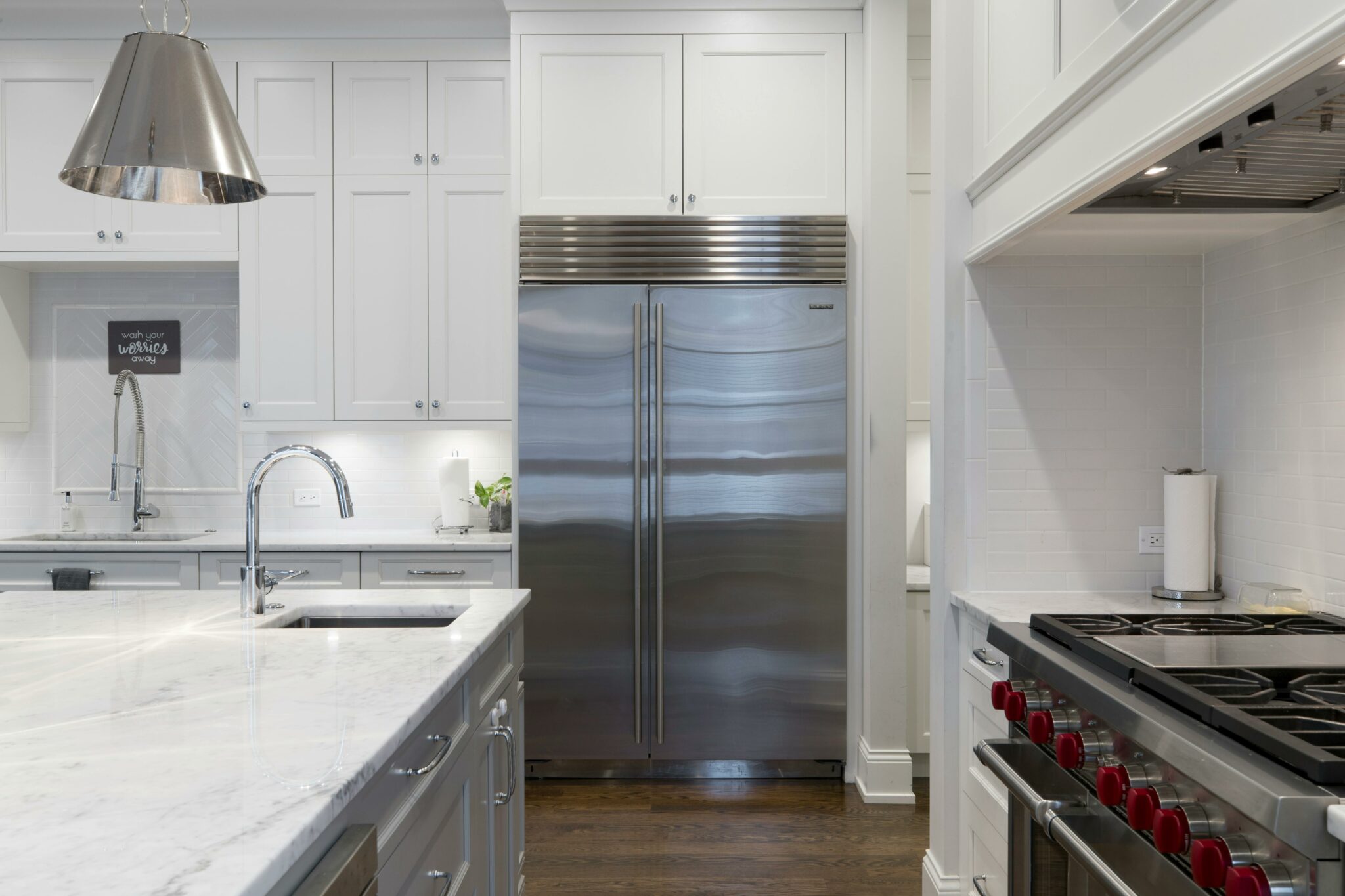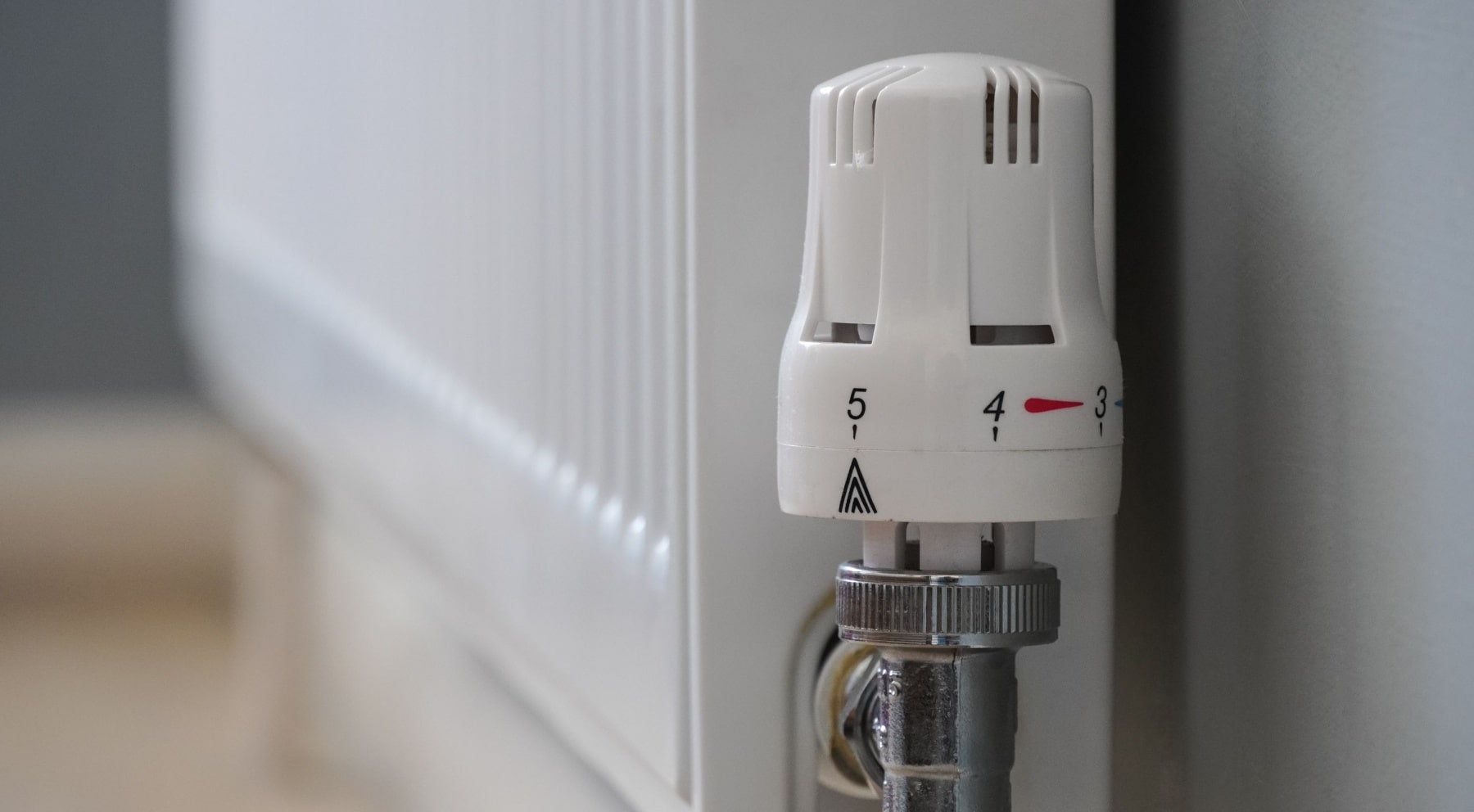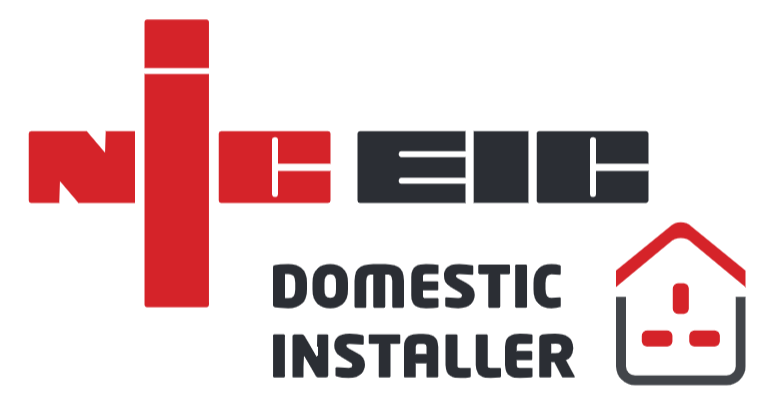Far beyond the mere chic “trend” they might have once seemed to be, eco-friendly house materials have become much more of a “standard” in recent years. Indeed, given the severity and fast pace of climate change, and concerns about resource depletion, it has never been of greater importance that we build homes using materials with minimal environmental impact.
So, what do you need to know about eco-friendly building materials? Below, our experts in residential and commercial property maintenance and repairs at Essential Repairs have outlined the key details.
Understanding Eco-Friendly Building Materials
Eco-friendly construction materials can be defined as materials – used in the construction of buildings – that do not have an adverse impact on the environment.
Such eco-friendliness may be apparent in how the material is produced, used, and/or disposed of. A material being easy to recycle, for instance, is one way in which it could be described as “eco-friendly”.
Importance Of Sustainable Construction in Modern Homes
Amid the intensification of the climate crisis, it is becoming ever-more apparent what a profound role the use of eco-friendly building materials could play in achieving sustainability objectives.
The World Green Building Council has estimated that approximately 40% of global carbon emissions can be attributed to the construction of buildings and the energy required to run them. In light of this, there is clearly considerable scope to optimise “green” practices in the building of contemporary homes.
Benefits Of Eco-Friendly Building Materials
Environmental Impact
The “headline” benefit of eco-friendly materials for building is, of course, their gentleness on the only planet Earth we have. Such materials typically require less energy to be consumed in the process of making and transporting them, which helps reduce overall carbon emissions.
Health And Wellbeing
The best eco-friendly building materials also tend to contain zero or low levels of volatile organic compounds (VOCs). These human-made chemicals are found in many traditional building materials, and can evaporate into the air. When buildings contain low levels of VOCs, this can help ensure better indoor air quality and improved health.
Long-Term Cost Savings
The lower energy consumption required to make them in the first place, means the use of eco-friendly house materials can contribute to reduced costs for the construction sector – and the eventual buyers of the houses – over time.
Furthermore, energy-efficient windows and insulation – once installed – will help reduce energy consumption and energy bills for the occupant of the property.
Key Factors to Consider When Choosing Eco-Friendly Materials
Material Sourcing and Sustainability
When you are assessing the degree to which a given building material can be considered genuinely “eco-friendly”, you will need to give careful thought to where it is sourced from. Is the material recycled, for example, or recyclable? Does it come from a renewable source?
Energy Efficiency
The true eco-friendliness of a given construction material will largely hinge on how energy efficient it will be across the building’s lifetime, rather than merely how energy-efficiently it was produced in the first place. You might consider, for instance, what impact the material will have on the building owner or occupant’s need to use artificial heating and lighting.
Durability and Longevity
The most eco-friendly building materials for houses should be able to stand up to the conditions – in terms of temperature, pressure, or the elements – to which they will be subjected over the home’s lifespan. This will help minimise the need for later (energy-consuming) repair or replacement work on the material.
Recyclability And Waste Reduction
If a given material can be recycled or reused, this will be a big tick in the “eco-friendly” box. You will also need to consider the impact the material might have on the household’s generation and management of waste over the years to come.
Types Of Eco-Friendly Building Materials
4.1 Natural Insulation Materials
Wool, Cotton, And Hemp
These three materials all have strong credentials as natural forms of insulation, derived from renewable sources. They can deliver impressive performance, as demonstrated by the fire resistance of wool, and hemp being mould resistant, sound-absorbing, and non-toxic.
Cork And Straw Bales
With cork not only being renewable and biodegradable – derived, as it is, from the bark of cork oak trees – but also offering low thermal conductivity and good sound absorption, it should be no great surprise that cork insulation has become an attractive option for many.
Straw bales, too, deliver excellent performance as a form of insulation. Their air pockets create a thermal break, so they insulate in a similar way to sheep’s wool.
4.2 Sustainable Wood Products
FSC-Certified Timber
If a house builder chooses timber certified by the Forest Stewardship Council (FSC), this signals a strong commitment to using wood that has been harvested and managed in as environmentally friendly and sustainable a manner as possible.
Bamboo
Not only does bamboo absorb carbon dioxide (CO2) through photosynthesis – with this being stored in the material for the product’s lifetime – but it locks in a greater amount of CO2 than wood. What’s more, its fast growth enables it to be harvested in just three to five years, compared to the 25-year wait typical for wood forests.
Reclaimed Wood
When wood is taken from its original application and repurposed, there isn’t such a great need to cut down new trees. It is also a more energy-efficient process to source and transport reclaimed wood, than it is to mill raw wood.
4.3 Recycled and Reclaimed Materials
Recycled Steel
Less energy is used in the recycling of steel than in the production of new steel from raw materials. The use of recycled steel also helps drive down the amount of steel waste in landfills, and the need for further mining.
Reclaimed Bricks and Tiles
The tendency over recent years to place greater emphasis on the reuse of existing bricks and tiles has helped reduce the amount of waste sent to landfills. It has also lessened the need to extract new raw materials.
Recycled Plastic Composites
Again, the recycling of plastic composites can be integral to efforts to reduce waste, save energy, and lower emissions among house builders. It can also help conserve forests, given that the incorporation of recycled plastic into wood composites reduces the need to extract timber and other natural resources.
4.4 Innovative Eco-Friendly Materials
Green Concrete
As the term suggests, “green” concrete is produced from recycled materials, including slag, fly ash, and aggregates. This allows for carbon emissions to be reduced, as the waste materials used are less energy-intensive to produce than cement.
Mycelium Insulation
Mycelium-based materials are derived from renewable resources, with mycelium being the “root” of mushrooms. As an insulation product, it uses much less water and electricity than polystyrene.
Solar Panels and Photovoltaic Glass
As a renewable and infinite energy source, solar power allows homes and businesses to run on clean energy. Solar panels don’t produce greenhouse gases, unlike the carbon dioxide and methane released into the atmosphere as a result of the burning of fossil fuels.
Certifications And Standards for Eco-Friendly Materials
LEED And BREEAM
Standing for Leadership in Energy and Environmental Design and Building Research Establishment Environmental Assessment Method, LEED and BREEAM are green building certification frameworks for the evaluation of a building’s environmental and social performance.
Cradle To Cradle Certified
C2C, or Cradle to Cradle, is a science-based standard by which the sustainability of products and materials can be measured.
Energy Star and Other Relevant Labels
Run by the US Environmental Protection Agency and the US Department of Energy, Energy Star is a government-backed symbol for energy efficiency. If a given product is Energy Star certified, this indicates it meets higher standards for energy use and emissions.
Case Studies: Successful Eco-Friendly Homes
Examples Of Homes Built with Sustainable Materials
Eco-friendly building materials are used in the construction of a broad range of types of home. These include “earthships”, which are off-the-grid and self-sustaining homes built using such natural and recycled materials as old tyres and glass bottles.
Earth-sheltered houses, meanwhile, are properties built into the side of a hill, which enables them to make the most of the natural insulation from the earth.
Lessons Learned and Best Practices
A range of sometimes surprising lessons have been learned from the use of eco-friendly building materials for houses. These include that reclaimed materials not only tend to be eco-friendlier and cheaper than new materials, but can also often be more durable and require less maintenance over time.
Concepts such as passive solar design also underscore that a building’s materials aren’t the only factor shaping its true energy efficiency and environmental friendliness. Such aspects as the orientation of the property, as well as how the windows are placed to maximise natural heating and cooling, can also have a great influence.
Tips For Incorporating Eco-Friendly Materials in Your New Home
Working With Architects and Builders
If you are seeking to have eco-friendly construction materials incorporated into your new home, it can be a good idea to hire architects and builders who already have considerable expertise in sustainable architecture. This will enable them to spot opportunities to deliver a home that meets even very ambitious sustainability goals.
Budgeting For Sustainable Materials
As we referenced earlier, the use of eco-friendly materials for building can help save costs over time in the running of a property. However, depending on the specific products and solutions you are considering, you might need to budget for slightly greater initial expense, in order to take advantage of the most sustainable options.
DIY vs. Professional Installation
The DIY installation of certain eco-friendly house materials – such as insulation – may seem an attractive option at first for saving money. However, with a view to achieving the best possible result and unlock the greatest possible sustainability benefits, you might ultimately decide in favour of hiring professional installers.
Conclusion
Recap Of Key Points
To bring us back to a point we made at the very top of this article: the recent greater prominence of eco-friendly house materials isn’t merely due to them being a “chic” trend (if they could even be described as a “trend” at this point).
Instead, the incorporation of such sustainable materials into all manner of types of houses across the globe, is becoming more and more of a standard. Furthermore, eco-friendly construction materials take a hugely broad range of different forms.
The Future of Sustainable Building Practices
There is a wide range of ways in which the world of sustainable construction is expected to continue evolving. We can expect, for example, the introduction of increasingly stringent building standards, as governments seek to nudge architects towards using the optimal eco-friendly building materials for houses.
We can also anticipate that certain still relatively new materials – such as photovoltaic glass, self-healing concrete, and hempcrete – will gain in popularity and widespread use.
Encouraging Eco-Friendly Choices in Home Construction
So, there you have it! If you are looking to have a new home constructed, there are many great reasons to embrace the leading eco-friendly building materials and other sustainable practices. These include the chance to save money over time, as well as – in many cases – to boost the durability and longevity of your home. You will also, of course, be playing your own small part in saving the planet.
Are you on the lookout for West London repairs and maintenance services that you can trust? If so, book with us online today. Whether there are issues with your property’s plumbing or gas systems, or you could benefit from our expertise in electrical faults and repairs, we can help make the management of your property easier.






